The Apollo Lunar Surface Experiment Package (ALSEP) included the Cold Cathode Gauge Experiment (CCGE).
The CCGE was a component of the ALSEP deployed on the lunar surface during the Apollo missions. It was designed to measure the pressure in the lunar environment using a cold cathode ion gauge. The experiment provided valuable data about the lunar atmosphere and helped scientists understand the conditions on the Moon. CCGE was part of the scientific instruments used in the Apollo missions, contributing to our knowledge of the lunar surface and environment.
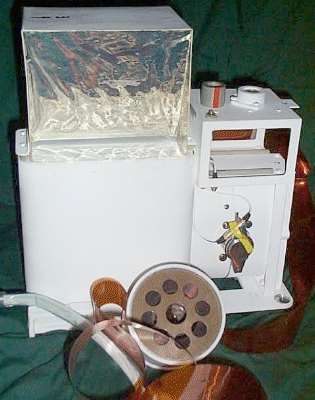
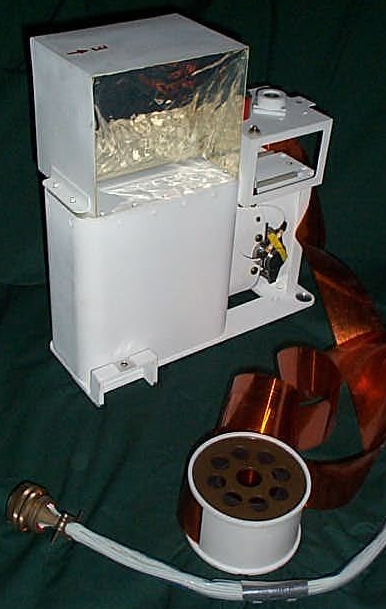

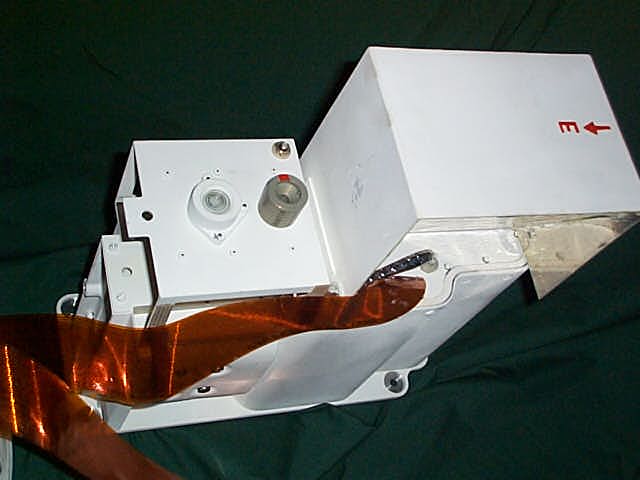
Above: Three views of CCGE system: front, rear, and top. Note ribbon cable in center and right images. Also note the red “E” in right image, indicating which direction to point the instrument, and the bubble level at the base of the instrument at bottom of picture.
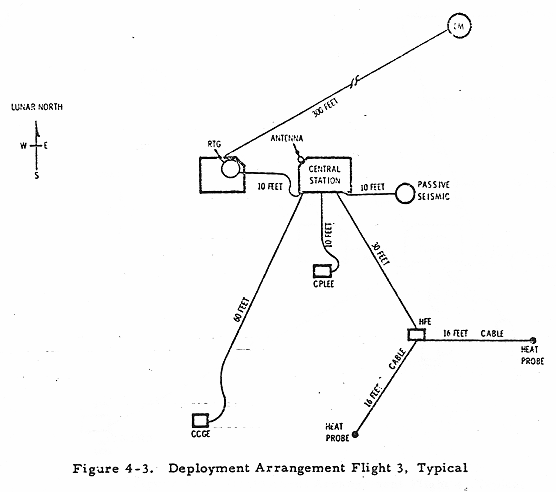

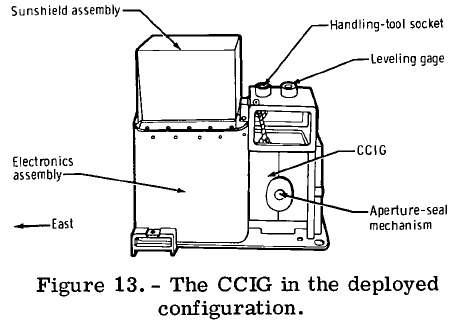
Left: ALSEP array deployment diagram, showing CCGE at lower left
Other experiments that would have flown in this array were the Heat Flow Experiment, Passive Seismic Experiment, and the Charged Particle Lunar Environment Experiment
Center left: ALSEP pallet diagram, showing CCGE bottom center
Center right: Detailed diagram of the experiment
Right – Jim Lovell practicing deployment of the ALSEP Central Station. The CCGE can be seen in the background, at the end of the ribbon cable coming from the Central Station. (photo courtesy Kipp Teague’s Project Apollo Archive)
| Apollo Experiment Number: | Unknown |
| Apollo Missions: | 13 |
| Weight: | Approximately 15 lbs. |
| Dimensions: | 13″ x 13″ x 4.5″ |
